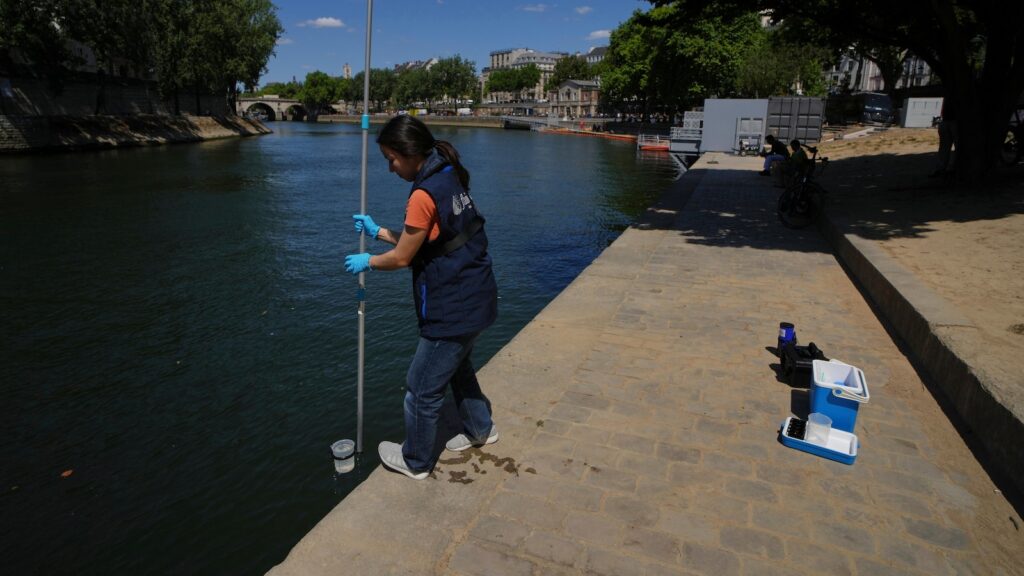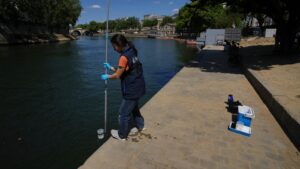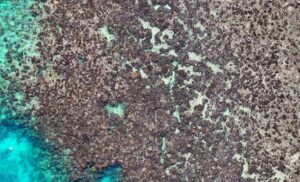
PARIS — For the first time in over a century, Parisians and tourists are preparing to take a refreshing dip in the Seine. The long-polluted river is reopening as a summertime swimming spot following a massive, costly cleanup project that rendered it suitable for Olympic competitions last year.
Three new swimming sites along the Paris riverbank are set to open on Saturday, including locations near iconic landmarks such as Notre Dame Cathedral, the Eiffel Tower, and a third site in eastern Paris. This development is part of the ‘Paris Plages’ event, running from July 5 to August 31, 2025.
The Seine’s Olympic Moment
The River Seine played a starring role during the Paris Olympics, hosting events such as the triathlon and marathon swimming competitions. However, these events faced challenges, including rainfall that increased bacterial levels, leading to some postponements. Despite these hurdles, Paris authorities now assure that the river is ready for public use, with water quality consistently meeting European regulations.
“It’s a symbolic moment when we get our river back,” said sports coach and influencer Lucile Woodward, who is set to participate in the first amateur open water competition in the Seine on Sunday morning. Woodward, who previously swam in the Seine with Paris Mayor Anne Hidalgo, expressed confidence in the river’s safety.
Massive Cleanup Efforts
The reopening of the Seine for swimming is a testament to the extensive cleanup efforts, which cost approximately 1.4 billion euros ($1.5 billion). In preparation for the Olympics, authorities installed new disinfection units and constructed a large storage basin to reduce bacteria-laden wastewater from entering the river during rainfall.
Houseboats, which previously discharged sewage directly into the Seine, were required to connect to municipal sewer systems. Additionally, some upstream homes had their wastewater redirected to treatment plants instead of flowing directly into the river.
“Green means the water quality is good. Red means that it’s not good or that there’s too much current,” explained Paris Deputy Mayor Pierre Rabadan, referring to the flags that will inform visitors about swimming conditions.
Ongoing Concerns and Skepticism
Despite the improvements, some remain skeptical about the river’s safety. Dan Angelescu, founder and CEO of Fluidion, a water monitoring tech company, has independently tested the Seine’s bacterial levels for years. He cautions that the water quality is highly variable and that current testing methods may undercount bacteria.
“What we see is that the water quality in the Seine is highly variable,” Angelescu noted. “There are only a few days in a swimming season where I would say water quality is acceptable for swimming.”
Some Parisians share this skepticism. Enys Mahdjoub, a real estate agent, expressed concerns about the river’s cleanliness, citing its murky color and floating litter.
Looking Forward
Swimming in the Seine has been prohibited since 1923 due to pollution and navigation risks. However, the newly designated swimming areas will be open for free until the end of August, with age restrictions and lifeguards ensuring safety.
“It’s an opportunity, a dream come true,” said Clea Montanari, a project manager in Paris. “It’d be a dream if the Seine becomes drinkable, that would be the ultimate goal, right? But already swimming in it is really good.”
The reopening of the Seine marks a significant milestone in Paris’s environmental efforts, offering a glimpse of how urban environments can be reclaimed for public enjoyment. As the city continues to address water quality concerns, the Seine’s transformation could serve as a model for other cities worldwide.
Oleg Cetinic and Alexander Turnbull contributed to this report.






